Why Skin Care Is Critical During Radiation Therapy
When undergoing radiation therapy, many people experience skin changes in the treatment area—pinkness, darkening, swelling, itching, flaking, or even blistering (Memorial Sloan Kettering Cancer Center [MSKCC], 2024). The scientific term for this is radiation-induced skin reaction or radiation dermatitis. According to a 2024 clinician guide, maintaining skin hygiene, moisture, and barrier protection throughout treatment and for two weeks afterwards is essential (Chen et al., 2024).
Radiation injures the skin barrier, increases inflammation, and disrupts healing. Proactive care can reduce severity, improve comfort, and support better long-term skin health (Sherman et al., 2022).
Step 1: Begin Before Your First Treatment
One of the biggest gaps in many radiation-skincare blogs is the pre-treatment window. Clinical guidelines show that applying a gentle emollient starting before radiation begins can help minimize skin reactions.
At Rejûvaskin, we recommend starting our Rejûvaskin Skin Recovery Cream about one week before your first radiation treatment. It’s formulated with calendula flower extract, aloe vera, hyaluronic acid and a bamboo + pea seed extract complex—ingredients chosen to reduce inflammation, support the skin structure, and hydrate deeply.
Why this matters:
-
Establishes a protective moisture barrier ahead of damage.
-
Reduces initial irritation and supports faster recovery.
-
Gives you control—many patients feel helpless when skin changes occur.
Step 2: Follow a Simple Daily Routine During Treatment
To stay ahead of skin reactions, follow this three-part routine:
a) Cleanse gently.
Use warm water and a mild, fragrance-free cleanser. Avoid aggressive scrubbing, loofahs, or rough fabrics. MSKCC advises using mild soaps, rinsing well, and patting skin dry. (MSKCC, 2024)
b) Moisturize proactively.
Apply a thin layer of a safe moisturizer twice daily, avoiding applying right before a treatment session (which may interfere with radiation delivery) (MSKCC, 2024). By using Skin Recovery Cream, you’re choosing a formula designed specifically for radiation-compromised skin.
c) Protect from friction and irritation.
Wear loose cotton clothing, avoid tight underwires or friction zones, avoid hot tubs, heating pads, or ice packs on the treatment area (MSKCC, 2024). Minimizing irritation helps reduce advancing grades of dermatitis (Chen et al., 2024).
Step 3: Recognize & Address Common Skin Reactions
Skin reactions vary in severity. According to the latest systematic reviews, for Grade 1 radiation dermatitis (mild redness, dryness), general skin care is often sufficient. For higher grades (blistering, peeling), silicone films or topical corticoids may be recommended (Forde et al., 2025).
Typical signs include:
-
Pink or tanned skin that becomes darker or redder with time.
-
Itchy, tight, flaking skin.
-
Blisters or moist peeling in advanced cases (MSKCC, 2024).
If you notice blistering, open wounds, excessive pain or drainage, you should contact your radiation care team—which is standard across guidelines (ONS, 2023).
Step 4: Support Skin Recovery Post-Therapy
Healing continues days to weeks after your final radiation session. Clinical guidance emphasizes continuing gentle hygiene, routine moisturizing, and protecting your skin as it rebuilds (Sherman et al., 2022).
To support your skin in this phase:
-
Continue using Skin Recovery Cream twice daily; its hyaluronic acid helps hydrate deeply while calendula and aloe soothe lingering inflammation.
-
Protect your skin from sun exposure—radiated skin may be more vulnerable.
-
Avoid harsh treatments (chemicals, peels, lasers) until cleared by your dermatologist or oncologist.
-
Consider tracking skin changes in a journal; change over time can help identify delayed reactions or rebound issues (Sherman et al., 2024).
Step 5: Product Highlights Without Over-Selling
Our Skin Recovery Cream is not just a moisturizer—it’s a support system. Safe for sensitive and compromised skin, it carries the National Eczema Association’s Seal of Acceptance and is fragrance-free with a minimalist formula.
Core benefits for radiation care:
-
Barrier support & structure: Bamboo and pea seed extracts plus glucosamine help reinforce the skin’s architecture.
-
Hydration & soothing: Hyaluronic acid retains moisture; aloe and calendula calm discomfort and visible redness.
-
Safe pre-treatment & during therapy: Specifically developed for radiation-affected skin, recommended to be used before, during and after treatments.
We understand the emotional load of radiation treatment. This cream was formulated with those undergoing therapy in mind—to help you feel less worry about your skin and more confidence in your healing process.
Step 6: Everyday Tips to Maximize Comfort
-
Avoid hot baths or showers. Use warm instead of hot water. Overheating skin can aggravate reaction.
-
Stay hydrated and eat skin-friendly foods. Adequate nutrition supports healing.
-
Wear soft cotton clothing and avoid friction on the treatment area.
-
Use sunscreen (SPF 30+) outside the treatment area; radiated skin is more sensitive to UV.
-
Keep diaries/photos of your skin area if advised by your care team—tracking is clinically recommended (Sherman et al., 2024).
Radiation therapy is a challenging journey—and your skin doesn’t have to add to the burden. With the right routine, the right mindset, and the right support, you can protect your skin and feel more comfortable throughout treatment.
Rejûvaskin’s Skin Recovery Cream was created for this purpose: to stand with you as you heal. Start early, follow the steps above, and give your skin the gentle, science-backed care it deserves.
If your skin reaction intensifies, blisters, or wounds form, always consult your radiation team. And in tandem with their guidance, let Rejûvaskin help you keep your skin comfort and confidence front of mind.
Works Cited
Chen, X., et al. (2024). Evidence-based summary of the prevention and management of radiation dermatitis. Radiation Oncology, 19(1), 45. Link
Forde, E., et al. (2025). Practical recommendations for the management of radiation dermatitis in adjuvant radiation therapy of breast cancer patients. eClinicalMedicine, 45, 101266. Link
Memorial Sloan Kettering Cancer Center. (2024, April 30). How to care for your skin during radiation therapy. Link
Sherman, D. W., et al. (2022). A clinician guide and evidence-based skin care plan to prevent and/or reduce radiation dermatitis. Journal of Oncology Practice, 18(3), 145–156. Link
Snow, O. N. S. & Radiation Therapy Oncology Group (RTOG). (2023). Radiodermatitis – Clinical summary of the ONS guidelines. Oncology Nursing Society. Link
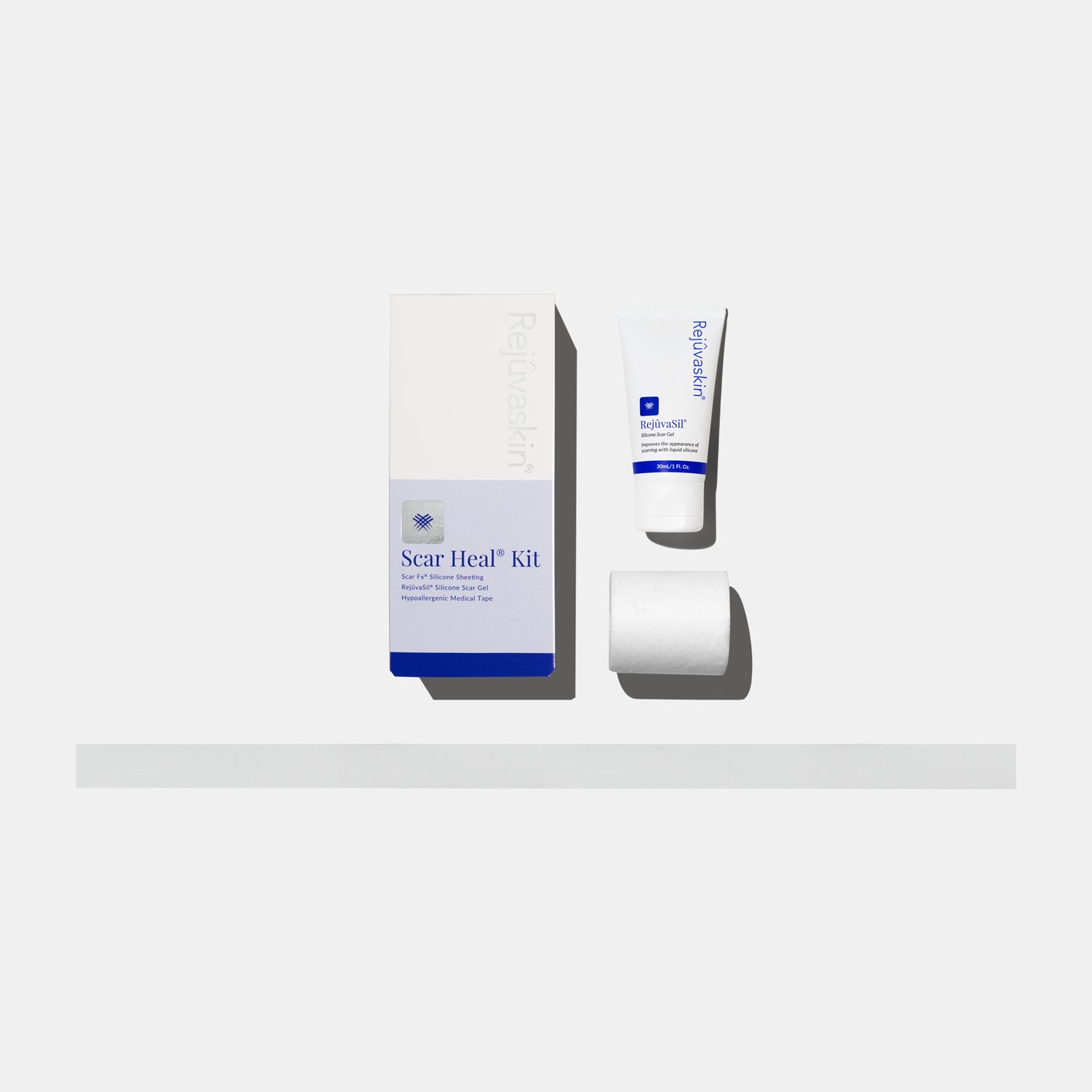



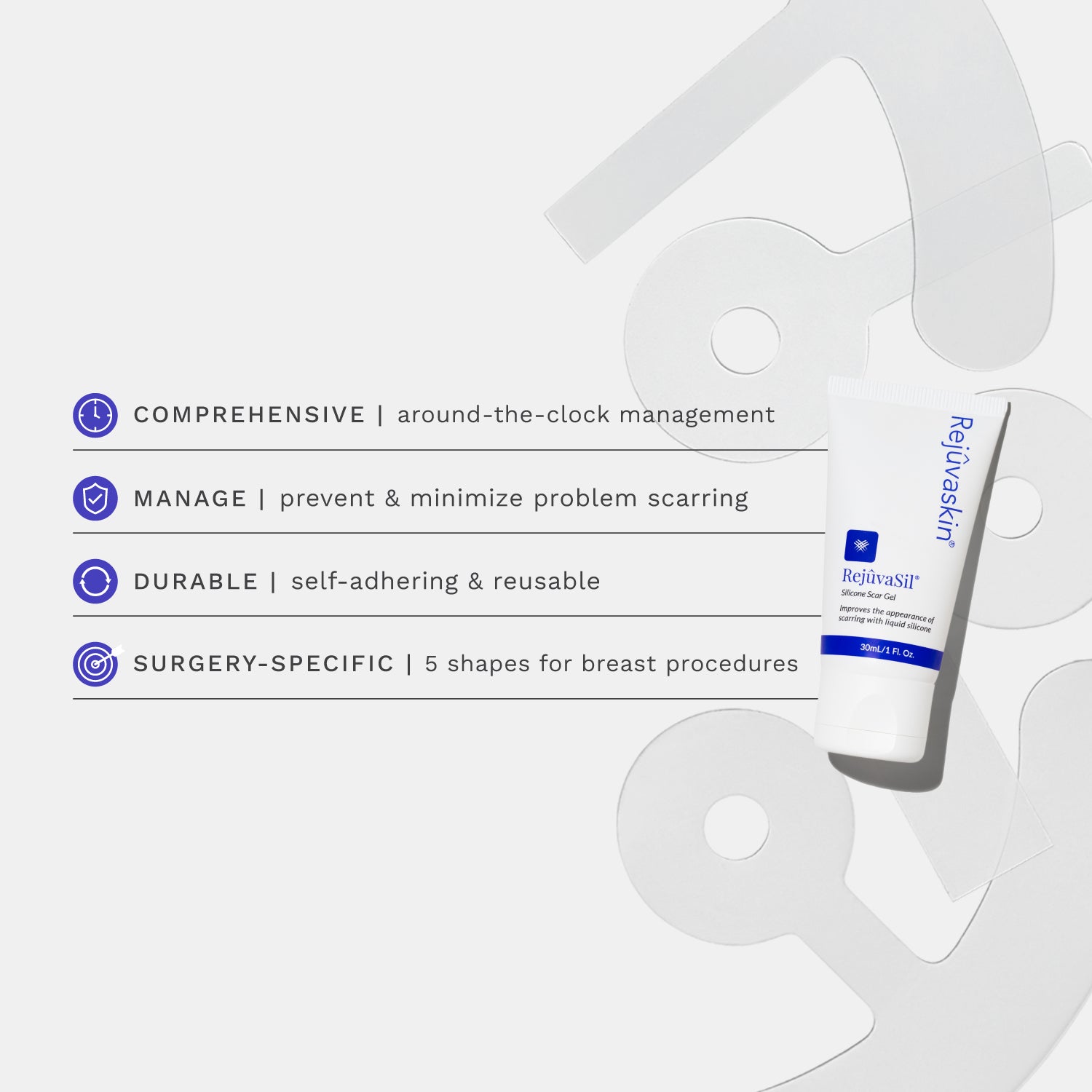

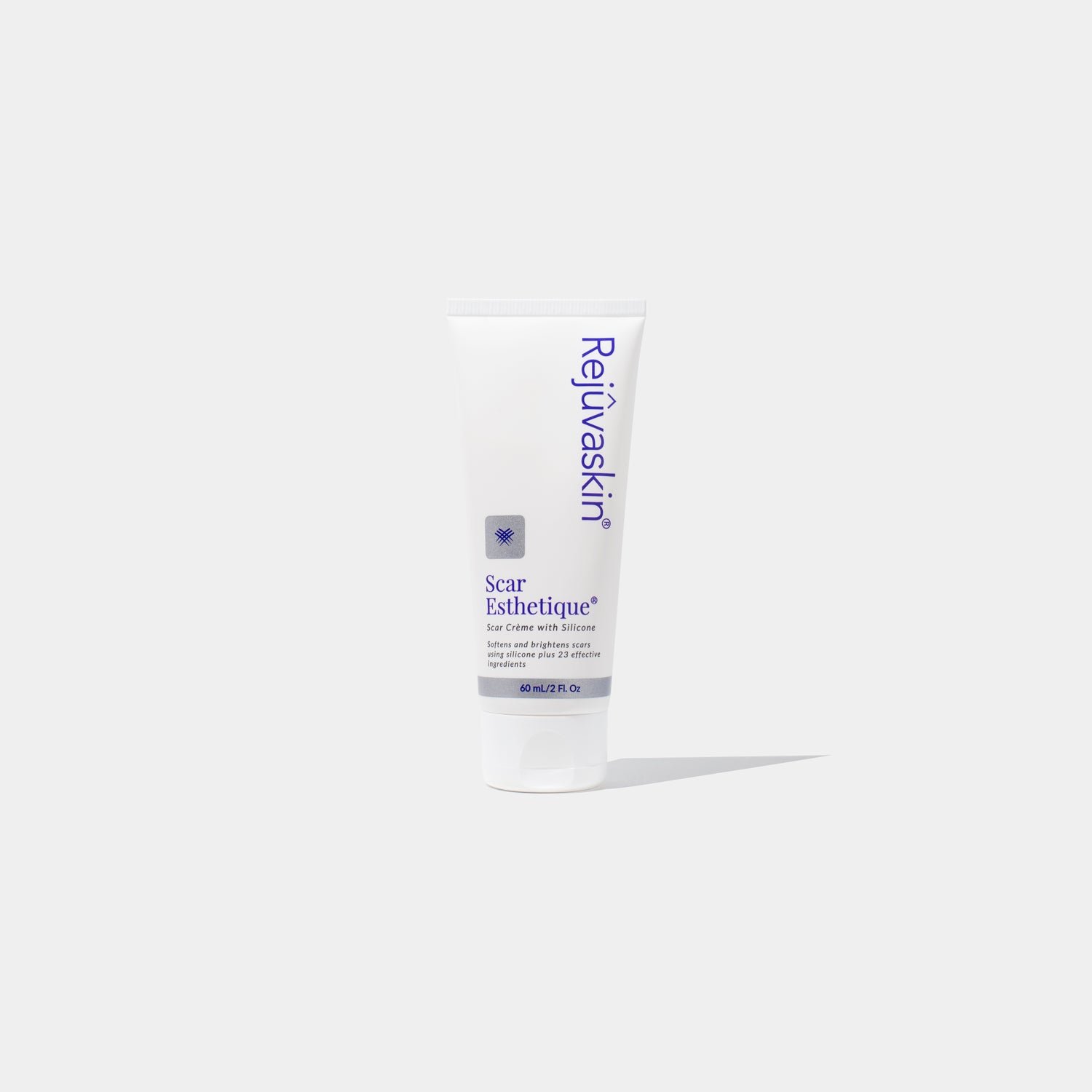
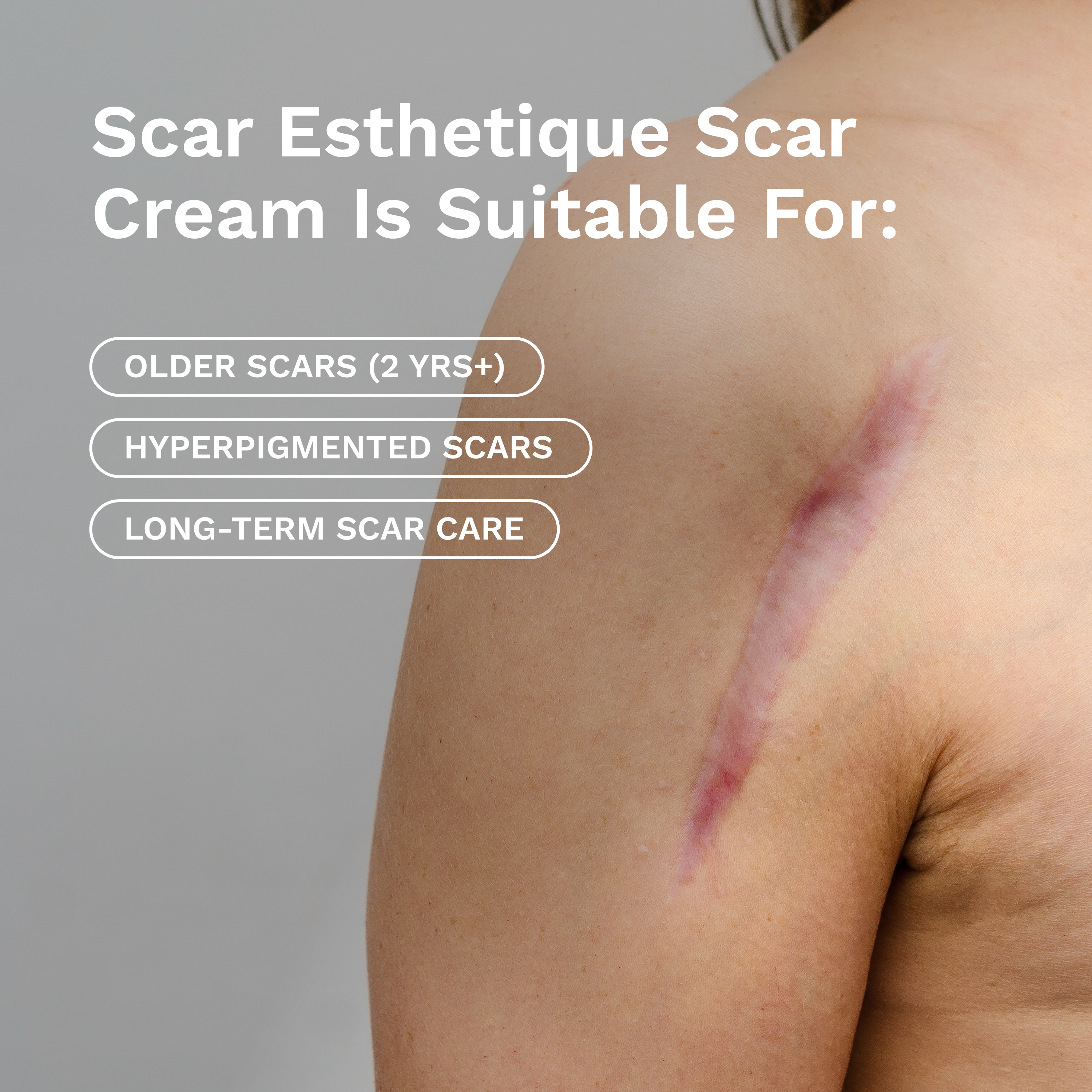









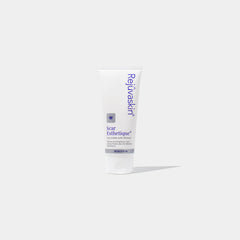
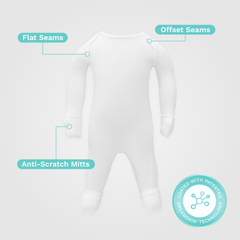


Leave a comment